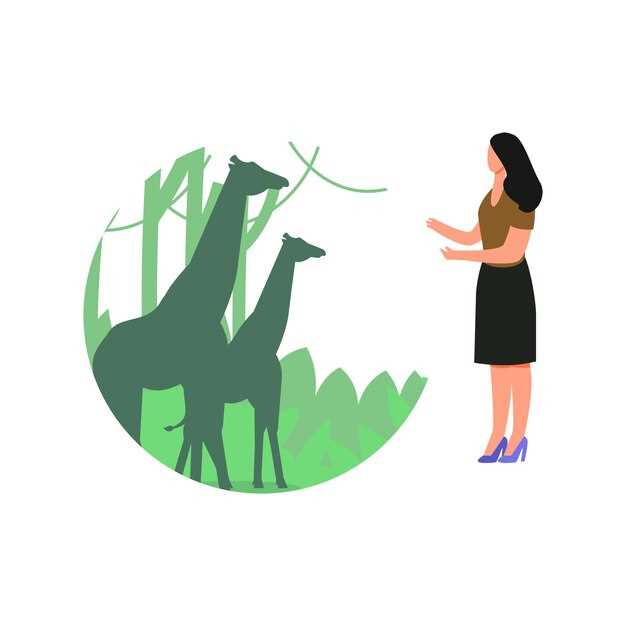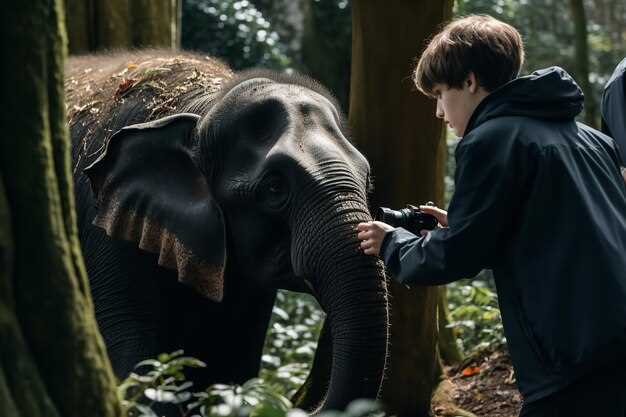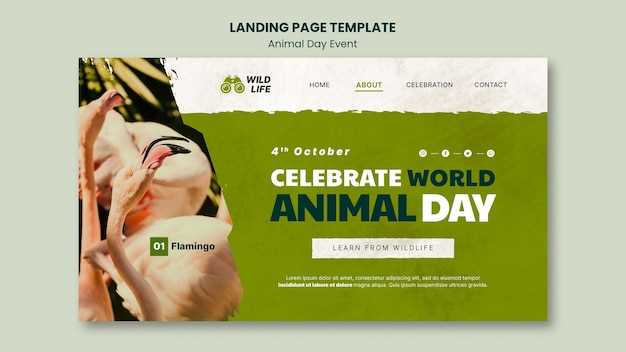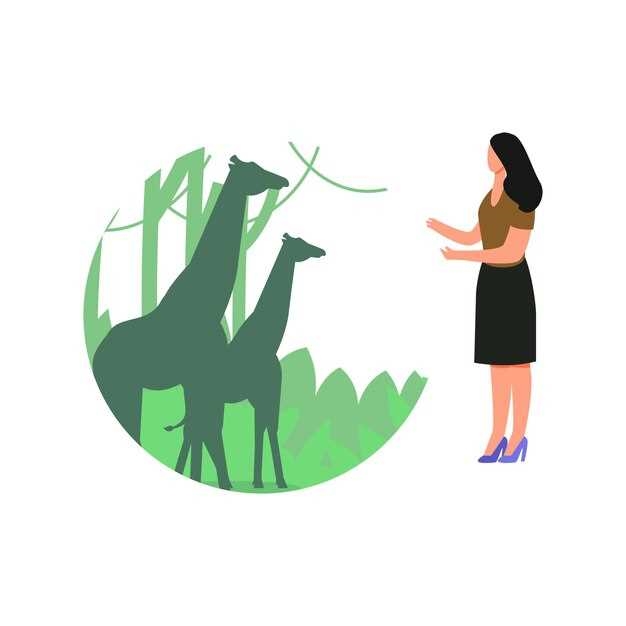
Within the realm of wildlife conservation, there exists a crucial and indispensable entity that tirelessly works towards safeguarding the future of our planet’s most vulnerable inhabitants. This entity, often overlooked and underestimated, is none other than the modern zoo. Far from being mere entertainment venues, zoos have evolved into powerful agents of change, playing a pivotal role in the protection and preservation of endangered species and their delicate habitats.
Through their unwavering commitment to conservation, zoos have become sanctuaries of hope, where the plight of imperiled wildlife is met with compassion, expertise, and unwavering dedication. These institutions serve as living museums, showcasing the incredible diversity of life on Earth, while simultaneously serving as breeding grounds for endangered species on the brink of extinction.
By providing a safe haven for these endangered creatures, zoos offer a lifeline to species teetering on the edge of oblivion. Through meticulous research, captive breeding programs, and collaborative efforts with other conservation organizations, zoos strive to ensure the survival of these species for generations to come. In doing so, they act as guardians of biodiversity, protecting the intricate web of life that sustains our planet.
Moreover, zoos serve as educational platforms, enlightening visitors about the importance of conservation and the urgent need to protect our fragile ecosystems. Through interactive exhibits, informative signage, and engaging programs, zoos inspire individuals of all ages to become stewards of the environment, fostering a sense of responsibility towards the natural world and its inhabitants.
Preserving Biodiversity: The Importance of Conservation Efforts
Ensuring the survival of diverse life forms on our planet is of utmost significance in maintaining the delicate balance of ecosystems. The preservation of biodiversity is crucial for the sustainability of our environment and the well-being of all living organisms. Through dedicated conservation efforts, we can safeguard the variety of species and habitats that make up our natural world.
1. Protecting Ecosystem Stability
Conservation efforts play a vital role in maintaining the stability of ecosystems. Each species, no matter how small or seemingly insignificant, contributes to the intricate web of life. By protecting and preserving biodiversity, we ensure the continued functioning of ecosystems, allowing them to provide essential services such as clean air, water, and soil. The loss of even a single species can have far-reaching consequences, disrupting the delicate balance that supports all life forms.
2. Promoting Genetic Diversity

Preserving biodiversity is essential for promoting genetic diversity within species. Genetic diversity is crucial for the adaptation and resilience of populations in the face of environmental changes and challenges. By conserving endangered species and their habitats, we protect the unique genetic traits and variations that allow species to adapt and evolve over time. This genetic diversity is not only important for the survival of individual species but also for the overall health and stability of ecosystems.
- Conservation efforts help prevent the loss of valuable genetic resources that could be used in various fields, including medicine, agriculture, and biotechnology.
- Preserving genetic diversity within species reduces the risk of inbreeding and increases the chances of survival in changing environments.
- By protecting habitats, we ensure the availability of suitable environments for species to thrive and maintain their genetic diversity.
In conclusion, preserving biodiversity through conservation efforts is crucial for maintaining ecosystem stability and promoting genetic diversity. By recognizing the importance of these efforts, we can work towards a sustainable future where all species and habitats are protected, ensuring the well-being of our planet and future generations.
The Zoo’s Role in Species Recovery Programs
Contributing to the revival of endangered species is a significant responsibility undertaken by zoos worldwide. Through their involvement in species recovery programs, zoos play a crucial role in safeguarding the future of vulnerable animal populations.
By participating in species recovery programs, zoos actively engage in the preservation and restoration of threatened species. These programs aim to increase the numbers and genetic diversity of endangered animals, ultimately aiding in their survival and long-term sustainability.
Zoos provide a controlled and protected environment for endangered species, allowing them to thrive and reproduce in a safe setting. Through careful monitoring and management, zoos ensure the well-being of these animals, while also implementing breeding programs to increase their population numbers.
In addition to providing a secure habitat, zoos also contribute to species recovery programs through education and public awareness initiatives. By raising awareness about the importance of conservation and the plight of endangered species, zoos inspire visitors to take action and support conservation efforts.
Furthermore, zoos collaborate with other organizations, such as wildlife agencies and research institutions, to exchange knowledge and expertise. This collaboration facilitates the development of effective conservation strategies and the implementation of scientific research to support species recovery efforts.
Overall, the zoo’s role in species recovery programs is multifaceted. It encompasses providing a protected environment, implementing breeding programs, raising public awareness, and collaborating with other organizations. Through these collective efforts, zoos contribute significantly to the conservation and recovery of endangered species, ensuring their survival for future generations.
Creating Sustainable Habitats: Zoo’s Contribution to Ecosystem Preservation
Exploring the intricate web of life and the delicate balance of ecosystems, zoos play a vital role in the preservation of our planet’s biodiversity. By actively participating in the creation of sustainable habitats, zoos contribute to the long-term preservation of various species and the overall health of ecosystems.
One of the key ways in which zoos contribute to ecosystem preservation is through the establishment of breeding programs for endangered species. These programs aim to increase the population of endangered species and reintroduce them into their natural habitats. By carefully selecting breeding pairs and providing optimal conditions for reproduction, zoos help ensure the survival and genetic diversity of these species.
In addition to breeding programs, zoos also focus on habitat restoration and conservation efforts. They work closely with local communities and conservation organizations to identify areas in need of restoration and implement sustainable practices. This includes initiatives such as reforestation, wetland restoration, and the creation of wildlife corridors to connect fragmented habitats.
Zoos also play a crucial role in educating the public about the importance of ecosystem preservation. Through interactive exhibits, educational programs, and outreach initiatives, zoos raise awareness about the threats facing endangered species and their habitats. By fostering a sense of connection and empathy towards wildlife, zoos inspire individuals to take action and make sustainable choices in their daily lives.
Furthermore, zoos actively participate in scientific research and collaborate with conservation organizations to develop innovative solutions for ecosystem preservation. They contribute valuable data on species behavior, habitat requirements, and the impact of human activities on ecosystems. This research helps inform conservation strategies and policy decisions, ensuring effective and evidence-based approaches to ecosystem preservation.
- Establishing breeding programs for endangered species
- Restoring and conserving habitats
- Educating the public about ecosystem preservation
- Participating in scientific research and collaboration
In conclusion, zoos play a multifaceted role in creating sustainable habitats and preserving ecosystems. Through their breeding programs, habitat restoration efforts, educational initiatives, and scientific research, zoos contribute to the long-term survival of endangered species and the overall health of our planet’s ecosystems.
Education and Awareness: How Zoos Promote Conservation among Visitors
Zoos play a crucial role in raising awareness and educating visitors about the importance of protecting endangered species and their habitats. Through various educational programs and exhibits, zoos aim to inspire visitors to become active participants in conservation efforts.
One way zoos promote conservation among visitors is by providing informative signage and displays throughout the park. These displays offer detailed information about different species, their habitats, and the threats they face. By presenting this information in an engaging and accessible manner, zoos help visitors develop a deeper understanding of the challenges faced by endangered species.
Zoos also organize interactive workshops and presentations that allow visitors to learn about conservation firsthand. These workshops often involve hands-on activities, such as animal encounters and behind-the-scenes tours, which provide visitors with a unique opportunity to connect with wildlife and understand the importance of protecting their natural habitats.
In addition to on-site educational programs, zoos utilize technology to reach a wider audience and promote conservation. Many zoos have interactive websites and mobile applications that provide visitors with access to educational resources, virtual tours, and live animal webcams. These digital platforms enable visitors to continue their learning journey even after leaving the zoo, fostering a long-term commitment to conservation.
Zoos also collaborate with schools and universities to develop educational programs that align with curriculum standards. By offering field trips and educational resources, zoos provide students with valuable opportunities to learn about conservation in a hands-on and engaging way. These initiatives not only enhance students’ knowledge but also inspire them to become future conservationists.
Overall, zoos serve as powerful educational tools, raising awareness and promoting conservation among visitors of all ages. By providing informative displays, interactive workshops, and digital resources, zoos empower individuals to make a positive impact on the preservation of endangered species and their habitats.
Collaborative Conservation: Zoos Working with Local Communities and Organizations
In the realm of wildlife preservation and environmental protection, zoos play a crucial role in fostering collaborative conservation efforts. By actively engaging with local communities and partnering with various organizations, zoos contribute to the preservation of endangered species and their habitats. This collaborative approach ensures the long-term sustainability of ecosystems and promotes a sense of shared responsibility among stakeholders.
Building Partnerships
One of the key aspects of collaborative conservation is the establishment of partnerships between zoos, local communities, and organizations. Zoos serve as a bridge between these entities, facilitating communication, knowledge exchange, and joint initiatives. Through these partnerships, zoos can leverage their expertise and resources to support local conservation projects and empower communities to take an active role in protecting their natural heritage.
Community Engagement and Education
Collaborative conservation also involves actively engaging local communities in conservation efforts. Zoos organize educational programs, workshops, and awareness campaigns to raise environmental consciousness and promote sustainable practices. By fostering a sense of connection and ownership, zoos empower communities to become stewards of their natural surroundings, leading to more effective conservation outcomes.
- Community-led initiatives: Zoos collaborate with local communities to develop and implement conservation projects tailored to the specific needs and challenges of the region.
- Capacity building: Zoos provide training and resources to local organizations and individuals, equipping them with the necessary skills and knowledge to actively participate in conservation activities.
- Research and monitoring: Zoos partner with scientific institutions and local organizations to conduct research and monitor endangered species and their habitats, generating valuable data for conservation planning and decision-making.
- Advocacy and policy influence: By working together with local communities and organizations, zoos can advocate for stronger environmental policies and regulations, ensuring the protection of endangered species and their habitats at a broader scale.
Through collaborative conservation efforts, zoos demonstrate their commitment to protecting biodiversity and promoting sustainable practices. By working hand in hand with local communities and organizations, zoos contribute to the preservation of endangered species and habitats, ensuring a brighter future for our planet.
The Future of Conservation: Innovations and Challenges for Zoos

In the ever-evolving landscape of conservation efforts, zoos play a pivotal role in shaping the future of protecting vulnerable wildlife and their natural habitats. As society becomes increasingly aware of the urgent need to preserve biodiversity, zoos are faced with both innovative opportunities and complex challenges.
Looking ahead, zoos must embrace innovative approaches to conservation that go beyond traditional methods. They need to explore cutting-edge technologies and scientific advancements to enhance their ability to safeguard endangered species and their habitats. By leveraging these innovations, zoos can contribute to the development of new strategies and techniques that can be applied on a global scale.
However, along with these exciting opportunities come significant challenges. Zoos must navigate ethical considerations surrounding captive breeding programs, ensuring that they prioritize the well-being and genetic diversity of the animals under their care. They must also address the issue of limited space and resources, finding ways to create environments that mimic natural habitats while providing for the physical and psychological needs of the animals.
Furthermore, zoos must actively engage in education and outreach initiatives to raise awareness about the importance of conservation and inspire individuals to take action. By leveraging their unique position as educational institutions, zoos can empower visitors to become advocates for wildlife protection and habitat preservation.
In conclusion, the future of conservation for zoos lies in their ability to embrace innovation, tackle complex challenges, and educate the public. By continuously evolving and adapting their practices, zoos can contribute significantly to the global efforts to protect endangered species and their habitats, ensuring a sustainable future for all living beings.

